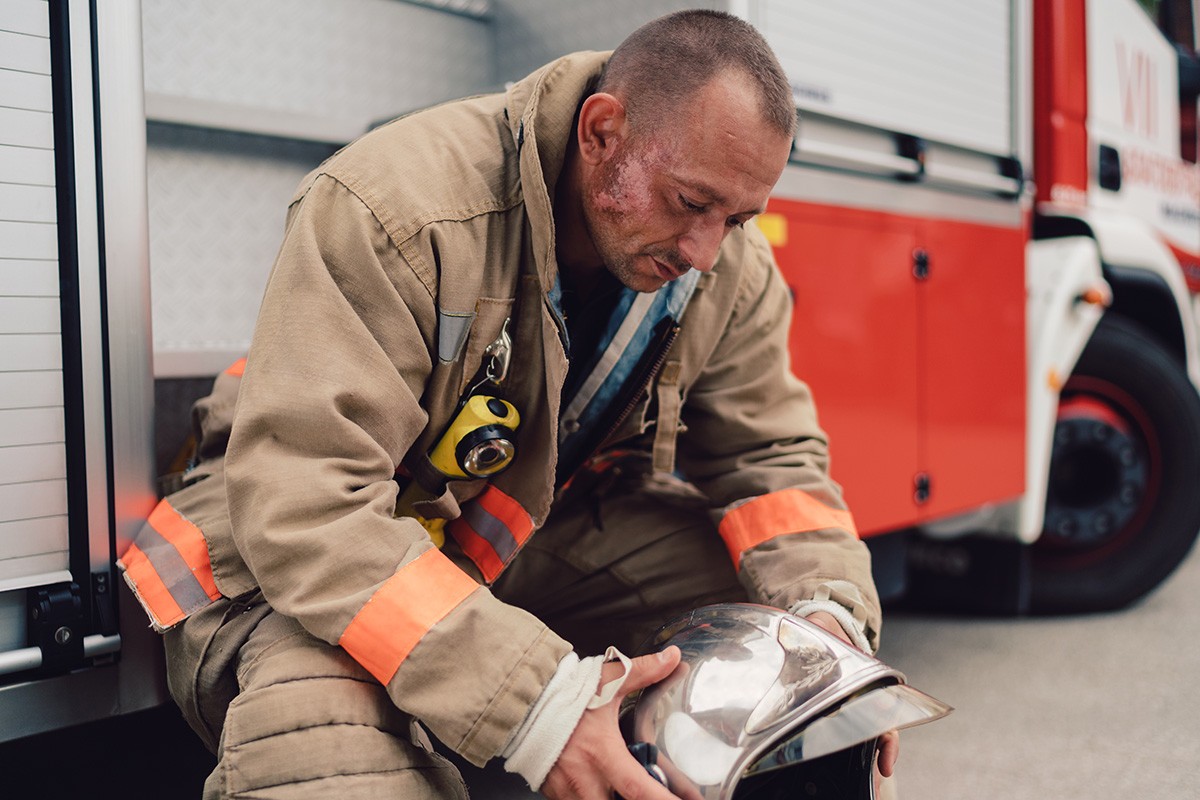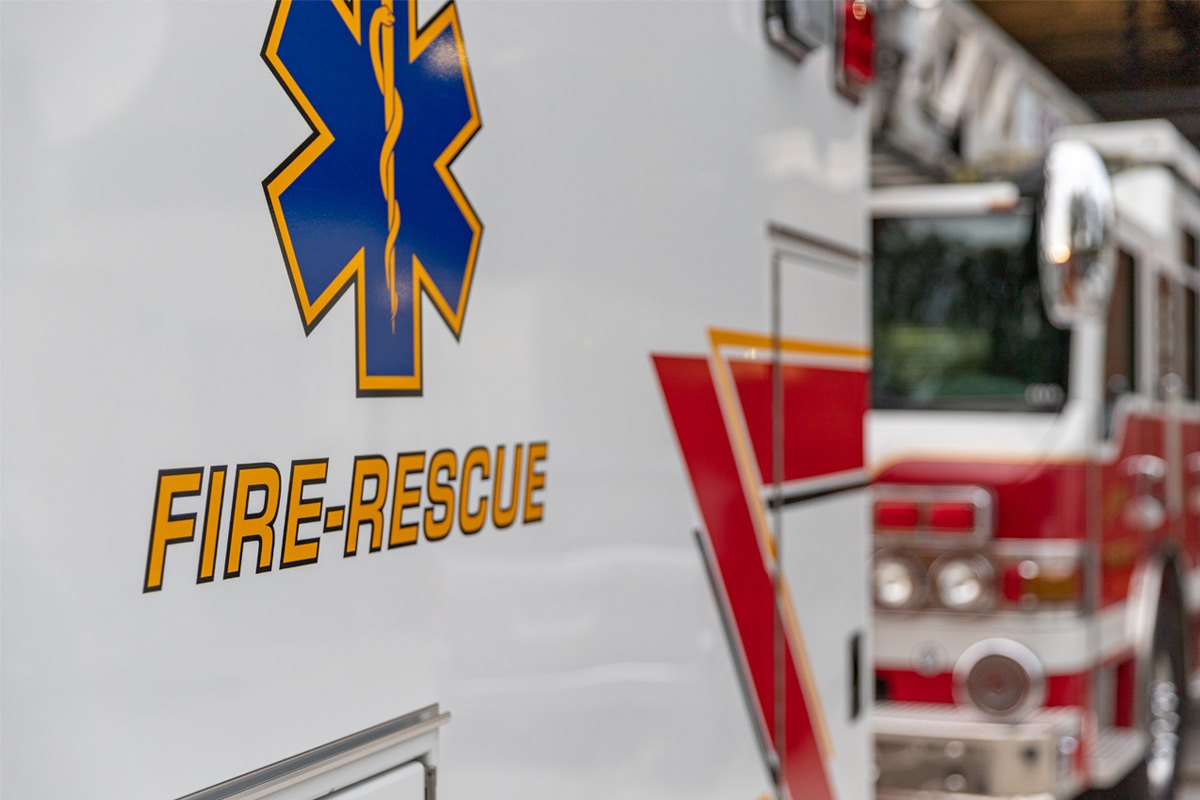Firefighters are exposed to adversity and traumatic events on a regular basis. Any shift can bring daring rescues from burning flames, building collapses, car accidents and other emergencies. Unfortunately, in rare cases, firefighters respond to calls involving severe injuries or even deaths. For the average person, experiencing just one of these emergencies once can be enough to spur post-traumatic stress disorder symptoms; many first responders seem to take these events in stride.
Or do they? For some, there’s a stigma associated with PTSD in the fire service. There is a perception that firefighters are expected to handle many situations that the average person cannot.
That is changing though, as fire departments, fire training programs and health care providers are paying more attention to the mental health of first responders. Leaders in the fire service are developing new programs and protocols to deal with the traumatic aspects of firefighting, particularly PTSD.
Why Some Firefighters Develop PTSD and Others Don’t
The ability of many firefighters to handle traumatic situations without any obvious signs of PTSD has long interested and confounded psychologists. Clearly, there is something that allows some people to respond to traumatic situations on a regular basis, but what is it?
Regulatory Choice Flexibility
Israeli scientists revealed the results of a study that might shed light on why some firefighters do not experience PTSD. According to research from the University of Haifa in Tel Aviv, some firefighters have better skills when it comes to regulatory choice flexibility, or the ability to select the right coping mechanism for the situation. Traditionally, choosing to disengage from a stressful situation has been seen as an unhealthy means to cope with a challenging situation; finding meaning from challenging situations has long been seen as a healthier option.
The Israeli researchers believe that in the case of firefighters and other first responders, the exact opposite is true; disengaging from potentially traumatic circumstances is actually a better option, particularly when trying to avoid PTSD. According to the research, firefighters who have more regulatory flexibility are more likely to display fewer symptoms of PTSD — or avoid it altogether — while those who are less flexible are more likely to develop symptoms due to their firefighting experiences.
Risk Factors
In addition to how a firefighter chooses to respond to a traumatic situation, there are various risk factors for PTSD that are out of their control. For example, according to researchers from Emory University, genetics may account for up to 30-40% of the heritability of PTSD. Other risk factors may include societal support – or lack thereof – as well as biological and neurological factors.
Repeated Exposure
A single traumatic event can be difficult for a firefighter to handle, but the effect can be worse after being exposed to these events time and time again. Research on repeated exposure trauma has revealed that it is more common for firefighters to experience a negative mental health impact from a series of traumatic events rather than a single event. A firefighter that experienced a single event may be coping well now, but if they continue to be exposed to especially difficult calls, they may be at an elevated risk of suffering PTSD symptoms.
Providing More Mental Health Services
One of the most effective ways fire departments can minimize PTSD within their crews is working to remove the stigma related to having an emotional response to traumatic situations. The National Fallen Firefighters Foundation included behavioral health as one of its 16 Firefighter Life Safety Initiatives. This initiative encourages departments to provide counseling and psychological support to firefighters and their families, with the understanding that everyone responds to trauma differently.
Departments can support their firefighters’ mental health in various other ways. For example, departments can participate in the NFFF’s ACT program, which stands for “Ask. Care. Take.” The ACT program encourages firefighters to look out for each other and identify the signs of PTSD and other psychological issues.
Conclusion
Understanding more about PTSD and how it manifests is an important aspect of dealing with it more effectively. Firefighters at all levels must learn the signs of PTSD – both in themselves and others – and familiarize themselves with the various treatments. The tide is certainly changing, and more fire departments are addressing the issue, but there is still work to be done to ensure the health of firefighters and other first responders.
To learn more about preparing for all aspects of working in the fire service, including education, visit ColumbiaSouthern.edu/Fire.




